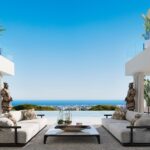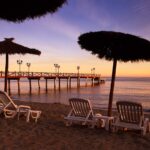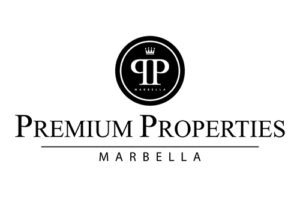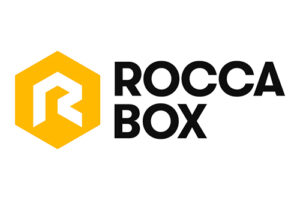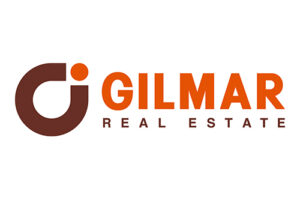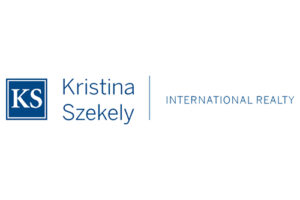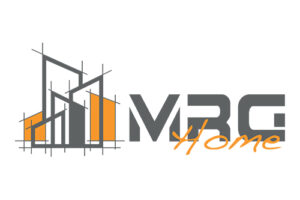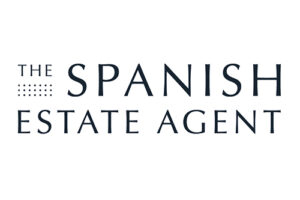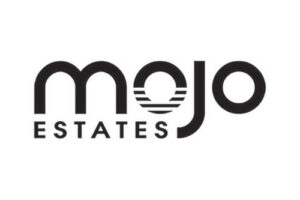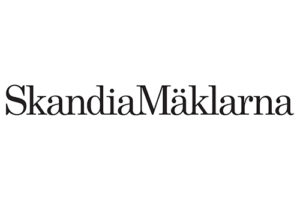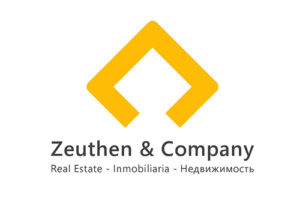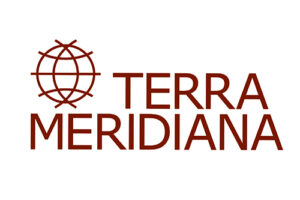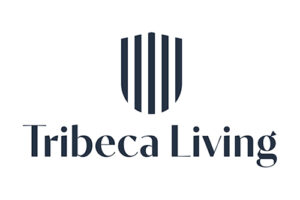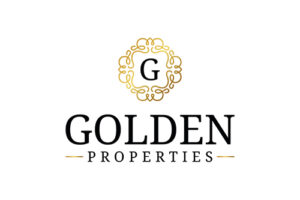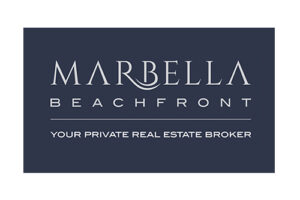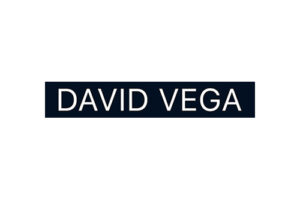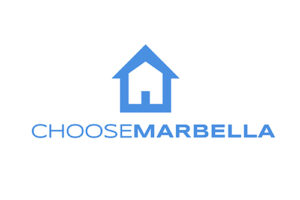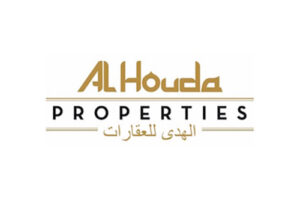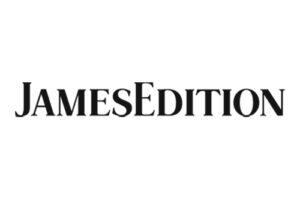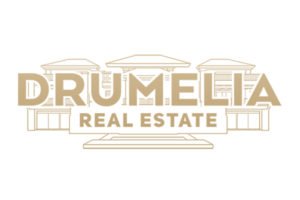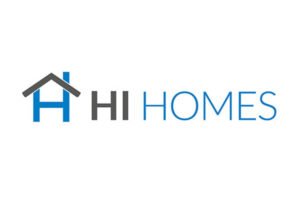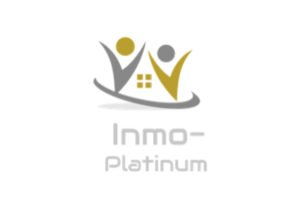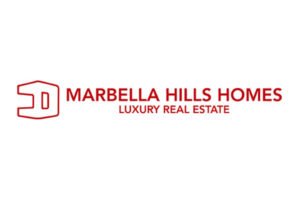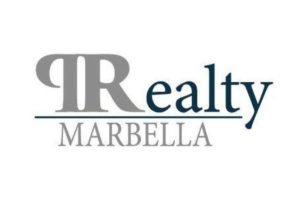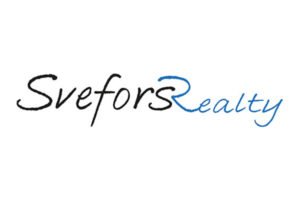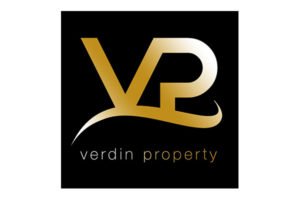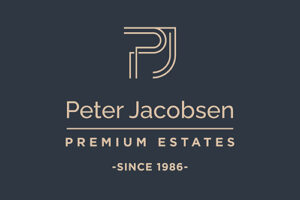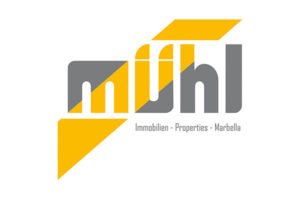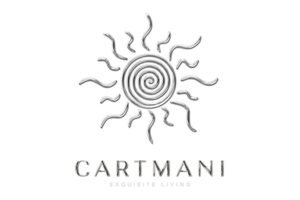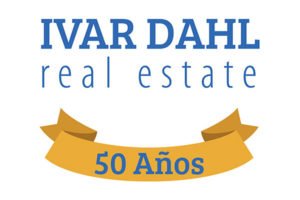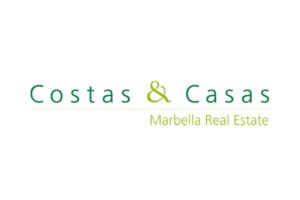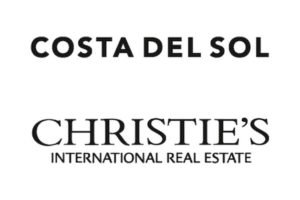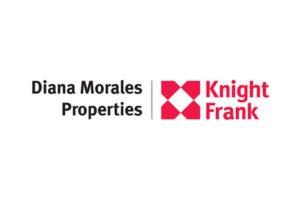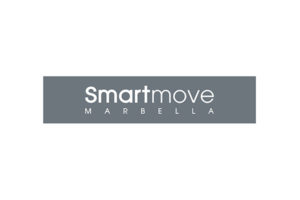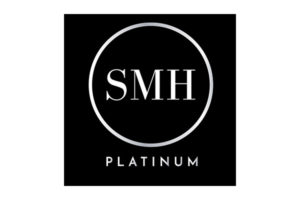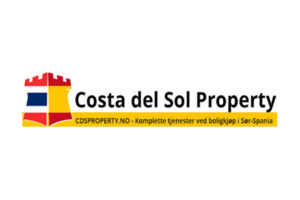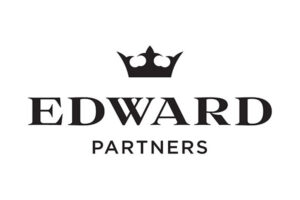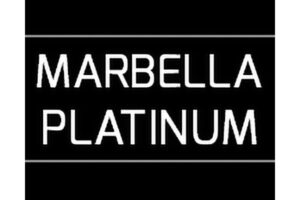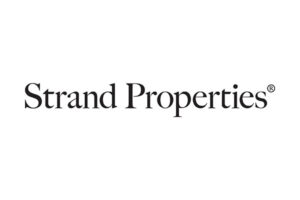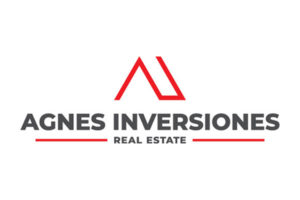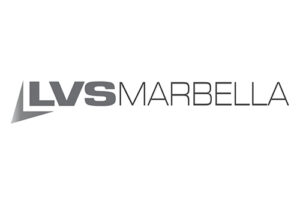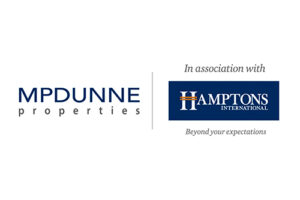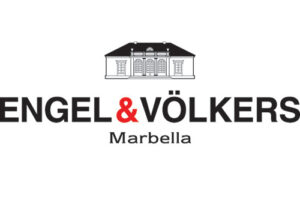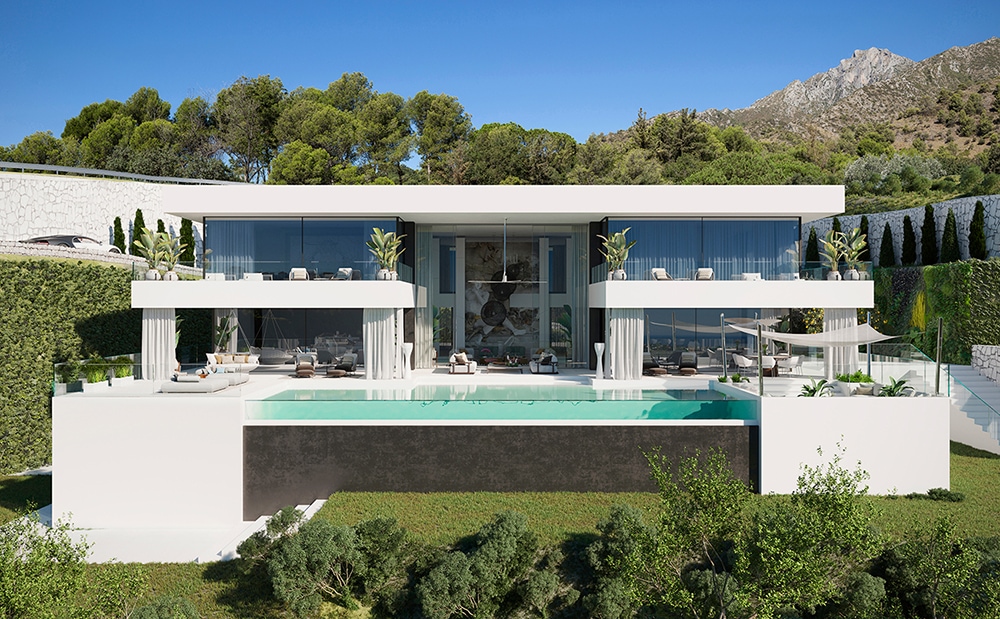
One of Bright’s current development projects is Villa Alcuzcuz, Marbella’s first luxury Passive House. Passive House means energy efficiency and environmental friendliness to an exceptionally high degree, guaranteeing more than 75 percent saving on energy costs, while also providing consistently fresh air throughout the house, structural longevity and the absence of mould.
Energy efficiency lies at the heart of the Passive House concept. Over the course of a year, a Passive House uses no more than the equivalent of 1.5 litres of oil or 1.5 m3 of natural gas (15kWh) to heat each square metre of living space. This can equate to more than a 90 per cent reduction in space heating and cooling energy use, compared to consumption in a typical building stock, while a conventional new build still requires 6 to 10 (or even more) litres of oil per year and square metre of living space, depending on building quality and location.
Passive Houses have:
- Exceptionally high levels of insulation
- Well-insulated window frames and glazings
- Thermal bridge free design and construction
- An airtight building envelope
- Ventilation with highly efficient heat or energy recovery

These building standards bring distinctive advantages:
- High levels of comfort
- Consistent supply of fresh air throughout the entire building
- Structural longevity: mould free buildings with a significantly reduced risk of moisture loss
- Extremely low heating and cooling costs
- A radically improved indoor environment
As of 2016, there were approximately 60,000 Passive House buildings in use worldwide, including projects in nearly all European countries, the United States, Canada, and Japan. Being a performance standard, and not a specific construction method, Passive House buildings must meet specific energy demand targets yet architects are free to choose how to best meet them.
Here are five Passive House facts to know
1 – The Passive House standard has its roots in the early 1960s, when Bo Adamson, then an energy consultant and later Lund University professor, started to investigate the economic trade-offs occurring when a better insulation was used to displace the conventional oil-fired central heating system. Having later teamed up with Dr. Wolfgang Feistof the Institute for Housing and the Environment (Germany), they finally conceptualized the Passive House idea in the early 1980s.
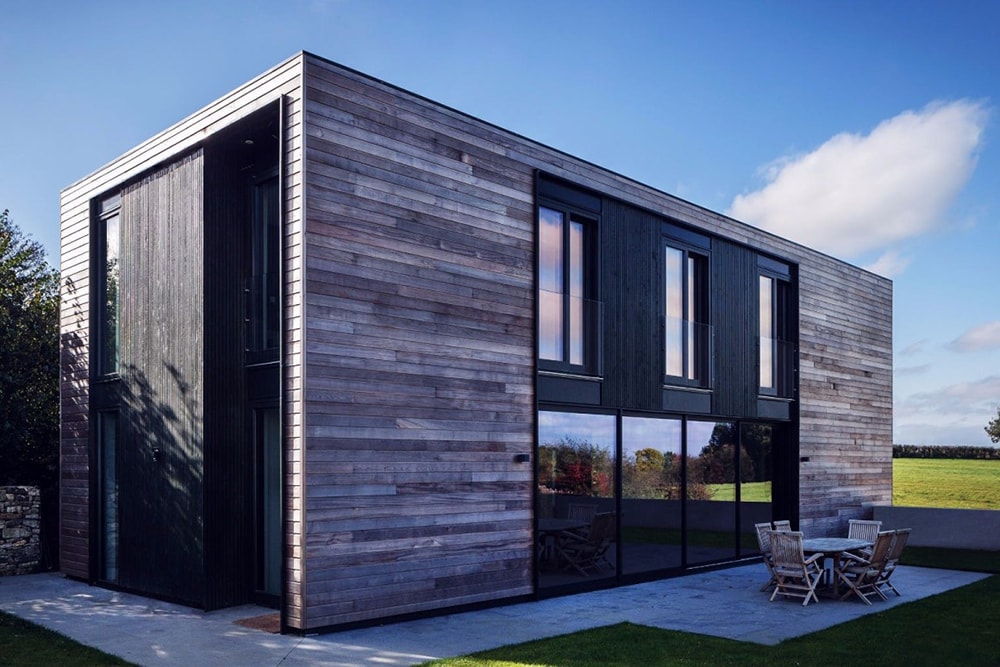
2 – The first ever project made under the Passive House standard consisted of four terraced townhouses designed for four private clients by the architectural firmBott, Ridder and Westermeyer in Darmstadt (Germany) in 1990. One of the clients was Dr. Wolfgang Feist
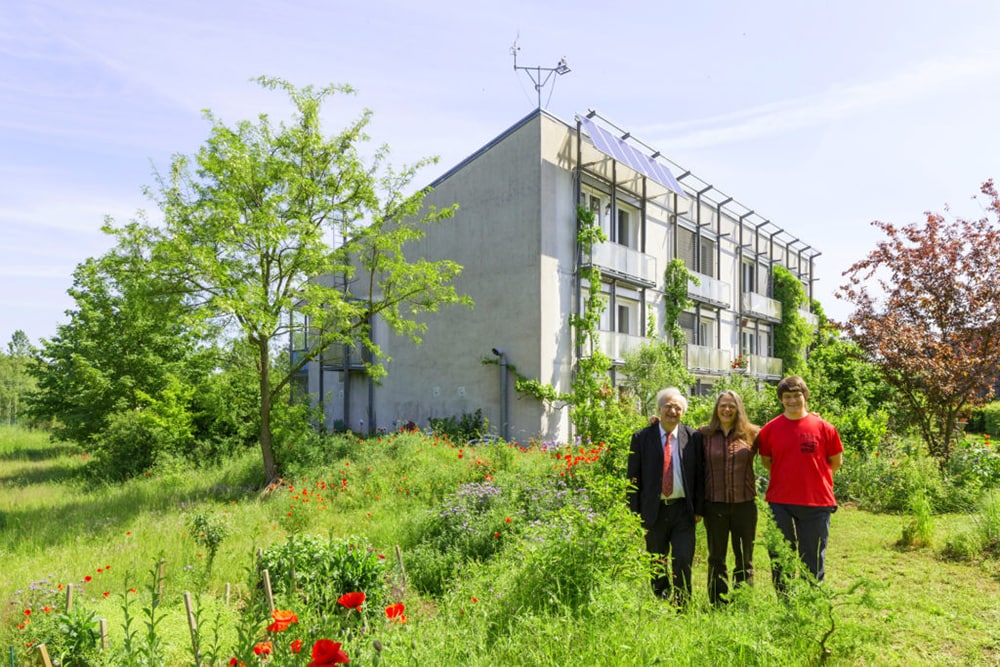
3 – The energy efficiency of passive houses becomes very visible when shown on thermograph next to a traditionally built house. If a building meets the Passive House standards, it does not need conventional heating systems, though some heating will still be required and most Passive House buildings include supplemental space heating.
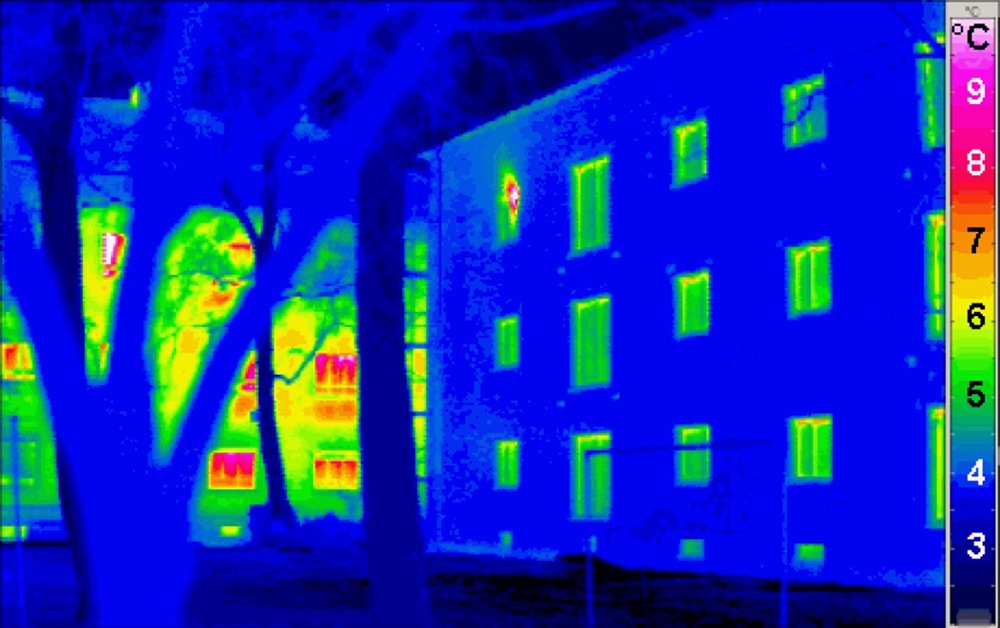
4 – The first passive house in Spain was built in Moraleda de Zafayona, Granada, back in 2010. Gabriel and Eva, the current owners of the house who moved there in 2012, describe their experience: “The difference (compared to our old house) is absolutely remarkable. There we used to sleep with several blankets, and it was still cold. In the Passive House we have slept tight and without as many layers as before. Another great feature that we have noticed is that the temperature remains the same in all the rooms – we have the same level of comfort all over the house.”
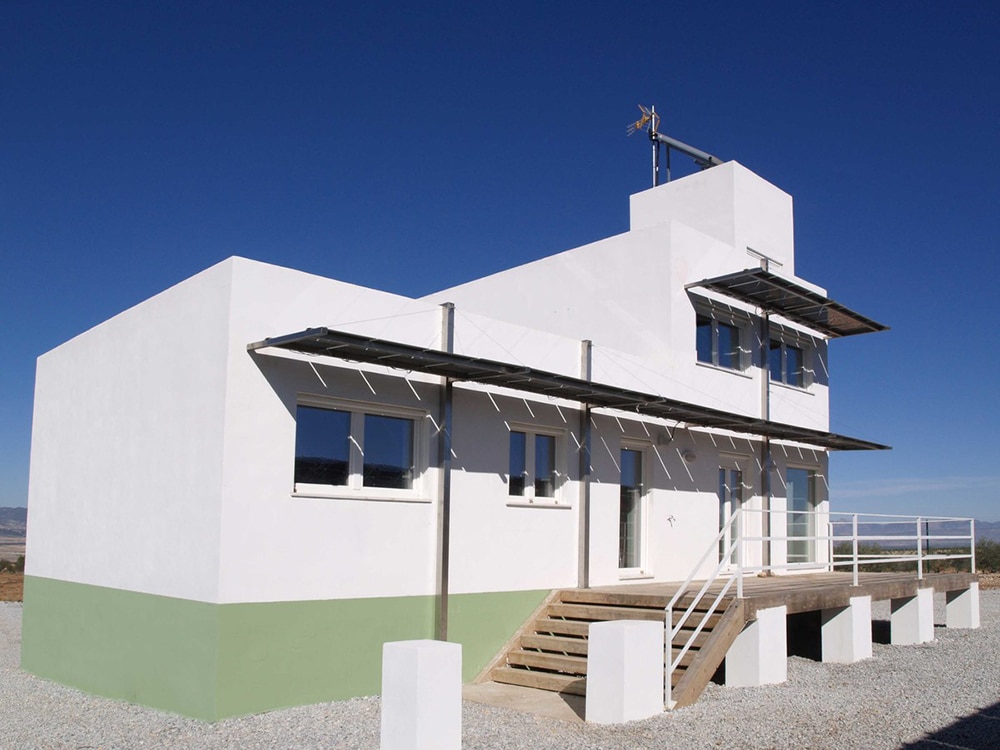
5 – Passive Houses can be much more resilient during periods of hot weather than conventionally built buildings. The orientation of the building, solar loads and ventilation are manipulated by Passive House specialists to ensure that temperatures inside the building do not exceed 25 °C for more than 10% of hours annually.
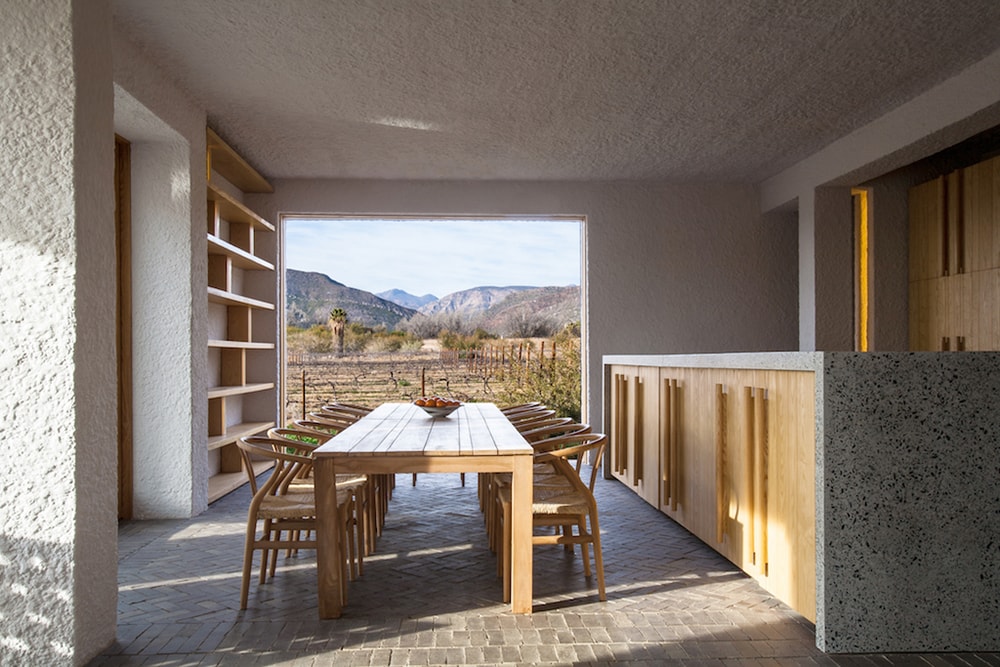
Villa Alcuzcuz is a trailblazer for future Marbella houses, as reducing our carbon footprint is no longer a fashion but much more a matter of survival. Villa Alcuzcuz employs the following environmentally friendly materials and construction methods:
- Radically reduced use of gas and oil, in compliance with Passive House standards and regulations
- Sufficient solar power for water and underfloor heating, and all LED lighting systems.
- Aerothermal ventilation system.
- Exterior thermal isolation, preventing energy loss through thermal bridges.
- High quality low solar and temperature transmission windows.
- More than double standard isolation thickness on roof and foundations
- Wood components in compliance with waterproof, watertightness and wind resistance parameters
- Wherever possible, use of living green walls in retaining walls.
Luxury, in design and architecture, no longer needs to be associated with excessive use of resources and environmental negligence. As the market for sustainable solutions grows, the Passive House concept will evolve, and so will other concepts which were inspired by it. The future is Bright.
To find out more information on the Passive House regulations and standards visit The Passive House Institute.
Architectural Award Winner: September 19, 2019 – Bright has just been notified that the architects of Villa Alcuzcuz, UDesign, will be honoured at the European Property Awards in London on October 24, 2019 in the category “Architecture Single Residence“
To find out more about Bright’s designer villa call Bright’s Sales Manager, Andrew Lee on : (+34) 682 105 002


